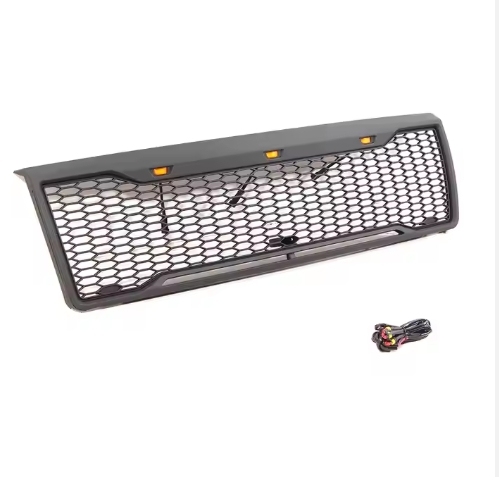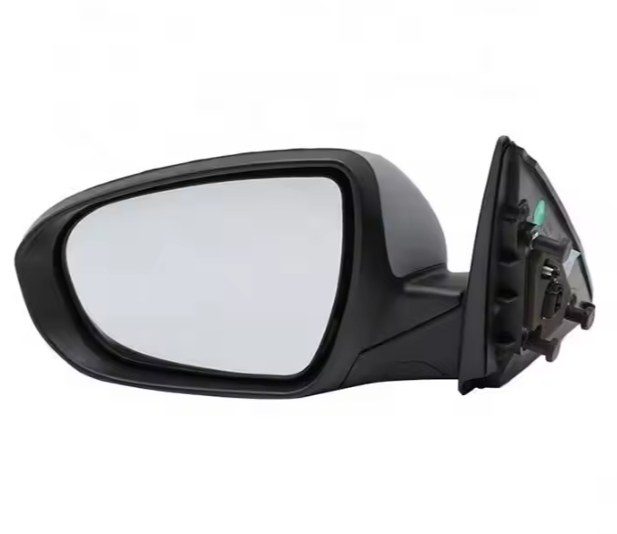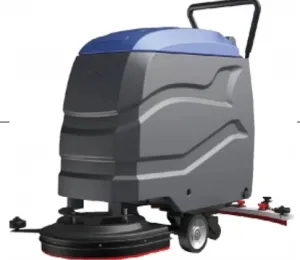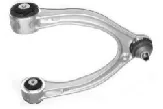The clutch is located in the flywheel housing between the engine and the gearbox. The clutch assembly is fixed on the rear plane of the flywheel with screws. The output shaft of the clutch is the input shaft of the gearbox. While the car is driving, the driver can depress or release the clutch pedal as needed to temporarily separate and gradually connect the engine and the transmission to cut off or transmit the power input from the engine to the transmission.
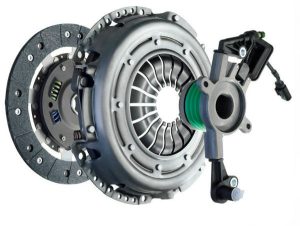
The clutch is a common component in mechanical transmission, which can separate or engage the transmission system at any time. Its basic requirements are: smooth joining, rapid and complete separation; easy adjustment and repair; small outer size; small mass; good wear resistance and sufficient heat dissipation capacity; easy and labor-saving operation. Commonly used ones are divided into tooth-embedded and There are two types of friction type.
Definition #
The clutch, commonly known as Jilizi in Hong Kong, comes from the English Clutch. In Taiwanese, it is often called Lizi or Japanese クラッチ. It is a device that transmits the engine power of a car or other power machinery to the axle in the form of a switch.
The clutch is installed between the engine and the transmission. It is an assembly in the automobile transmission system that is directly connected to the engine. Usually the clutch is installed together with the flywheel set of the engine crankshaft, and is the component that cuts off and transmits power between the engine and the vehicle’s transmission system.
During the entire process from starting to normal driving of the car, the driver can operate the clutch as needed to temporarily separate or gradually connect the engine and the transmission system to cut off or transmit the power output from the engine to the transmission system.
Its function is to gradually connect the engine and the transmission to ensure a smooth start of the car; to temporarily cut off the connection between the engine and the transmission to facilitate shifting and reduce the impact of shifting; and to activate the car when the car is under emergency braking. The separation function prevents transmission systems such as transmissions from being overloaded, thus playing a certain protective role.
A clutch is similar to a switch, engaging or disengaging power transmission. The active part and the driven part of the clutch mechanism can be temporarily separated, and can be gradually connected, and may also rotate relative to each other during the transmission process. There cannot be a rigid connection between the driving part and the driven part of the clutch. All types of cars have clutches, just in different forms.
Principle #
For manual transmission models, the clutch is an important component of the vehicle’s power system. It is responsible for cutting off and connecting the power to the engine. When driving on urban roads or complex road sections, the clutch has become one of our most frequently used components, and the quality of clutch use directly reflects the level of driving and also plays a role in protecting the vehicle. How to use the clutch correctly and master the principle of the clutch so that it can be used to solve problems under special circumstances is something that every driver who drives a manual transmission vehicle should master.
The clutch is divided into three working states, namely non-linkage when the clutch is depressed, full linkage when the clutch is not depressed, and semi-linkage when the clutch is partially depressed. When the vehicle starts, the driver depresses the clutch, and the movement of the clutch pedal pulls the pressure plate backward, that is, the pressure plate and the friction plate are separated.
At this time, the pressure plate and the flywheel are not in contact at all, and there is no relative friction. When the vehicle is running normally, the pressure plate is tightly pressed against the friction plate of the flywheel. At this time, the friction between the pressure plate and the friction plate is the largest. There is relative static friction between the input shaft and the output shaft, and the two rotate at the same speed. .
The last one is the semi-linked state of the clutch, where the friction between the pressure plate and the friction plate is less than the fully linked state. At this time, there is a sliding friction state between the clutch pressure plate and the friction plate on the flywheel. The speed of the flywheel is greater than the speed of the output shaft, and part of the power transmitted from the flywheel is transmitted to the gearbox. In this state, the relationship between the engine and the driving wheels is equivalent to a soft connection state.
Effect #
1. Ensure the car starts smoothly #
This is the primary function of a clutch. Before the car starts, it is natural to start the engine. When the car starts, the car gradually accelerates from a completely stationary state. If the drive train (which connects the entire car) is rigidly connected to the engine, the car will suddenly rush forward as soon as the transmission is put into gear, but it will not start. This is because when the car goes from standstill to forward, it has a large inertia, which causes a large resistance torque to the engine. Under the action of this inertial resistance moment, the engine speed drops sharply below the minimum stable speed (generally 300-500RPM) in an instant. The engine stalls and cannot work. Of course, the car cannot start.
Therefore, we need the help of the clutch. After the engine starts and before the car starts, the driver first depresses the clutch pedal to disengage the clutch to disengage the engine and transmission system, then puts the transmission into gear, and then gradually releases the clutch pedal to gradually engage the clutch.
During the engagement process, the resistance torque experienced by the engine gradually increases, so the accelerator pedal should be gradually depressed at the same time, that is, the fuel supply to the engine should be gradually increased to keep the engine speed at the lowest stable speed without stalling. At the same time, as the clutch engagement gradually increases, the torque transmitted from the engine to the drive wheels through the transmission system gradually increases. When the traction force is enough to overcome the starting resistance, the car starts to move from a standstill and gradually accelerates.
2. Achieve smooth shifting #
During the driving process of the car, in order to adapt to the changing driving conditions, the transmission system often needs to change different gears to work. To shift gears in a gear transmission, the gears or other shifting mechanisms are generally used to push a certain gear pair of the original gear out of the transmission, and then put the gear pair of another gear into operation.
Before shifting gears, the clutch pedal must be depressed to interrupt the power transmission so that the meshing pair of the original gear can be disengaged. At the same time, the speed of the meshing parts of the meshing pair of the new gear can gradually be synchronized, so that the impact when entering the mesh can be greatly reduced. reduced, resulting in smooth shifting.
3. Prevent drive system overload #
When the car performs emergency braking, if there is no clutch, the engine will be rigidly connected to the transmission system and its speed will decrease sharply. Therefore, all moving parts will produce a large inertia moment (the value of which may be much greater than that generated by the engine during normal operation). maximum torque), causing a load that exceeds its carrying capacity on the drive train, causing damage to the machine parts. With a clutch, this danger can be eliminated by relying on the possible relative motion between the active and driven parts of the clutch. Therefore, we need a clutch to limit the maximum torque experienced by the drive train to ensure safety.

 April 1, 2024
April 1, 2024 
